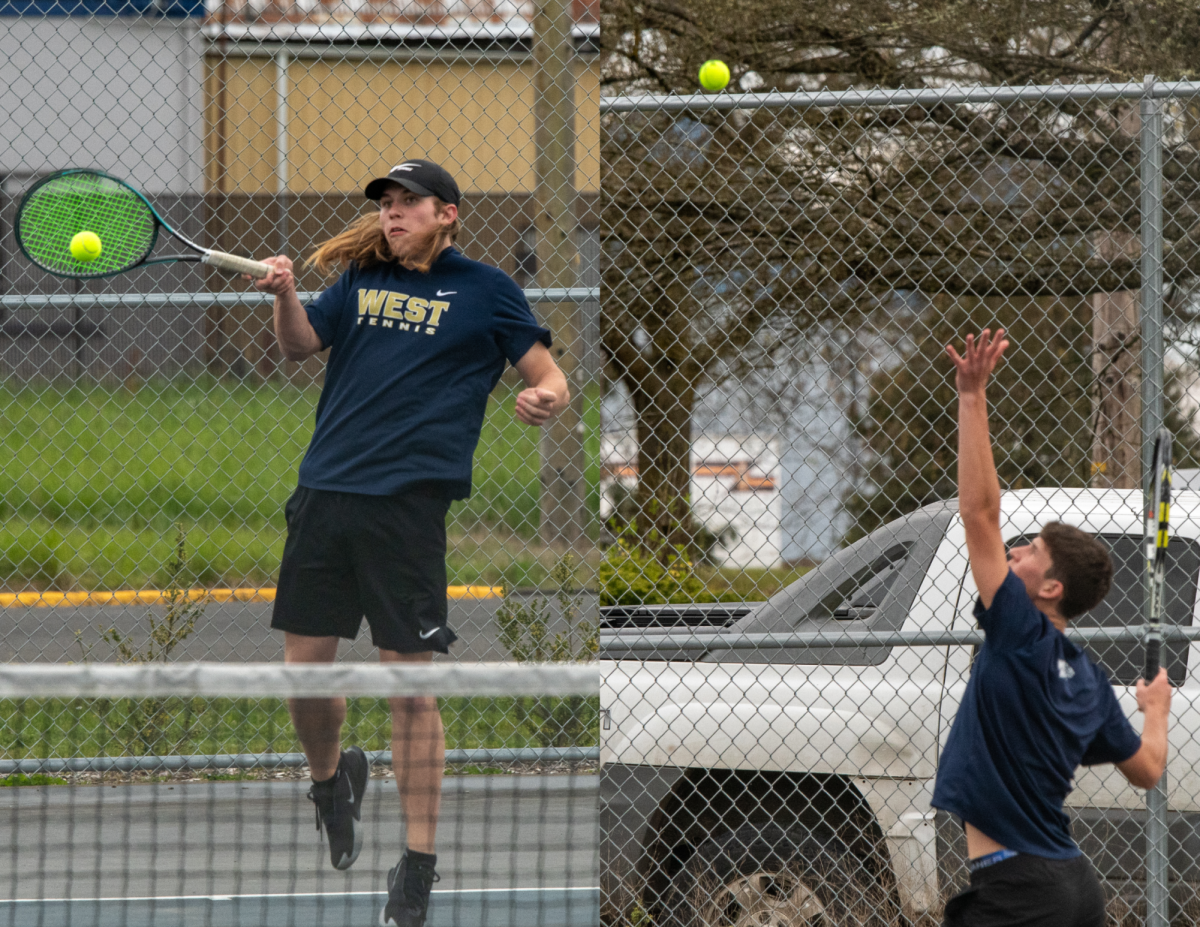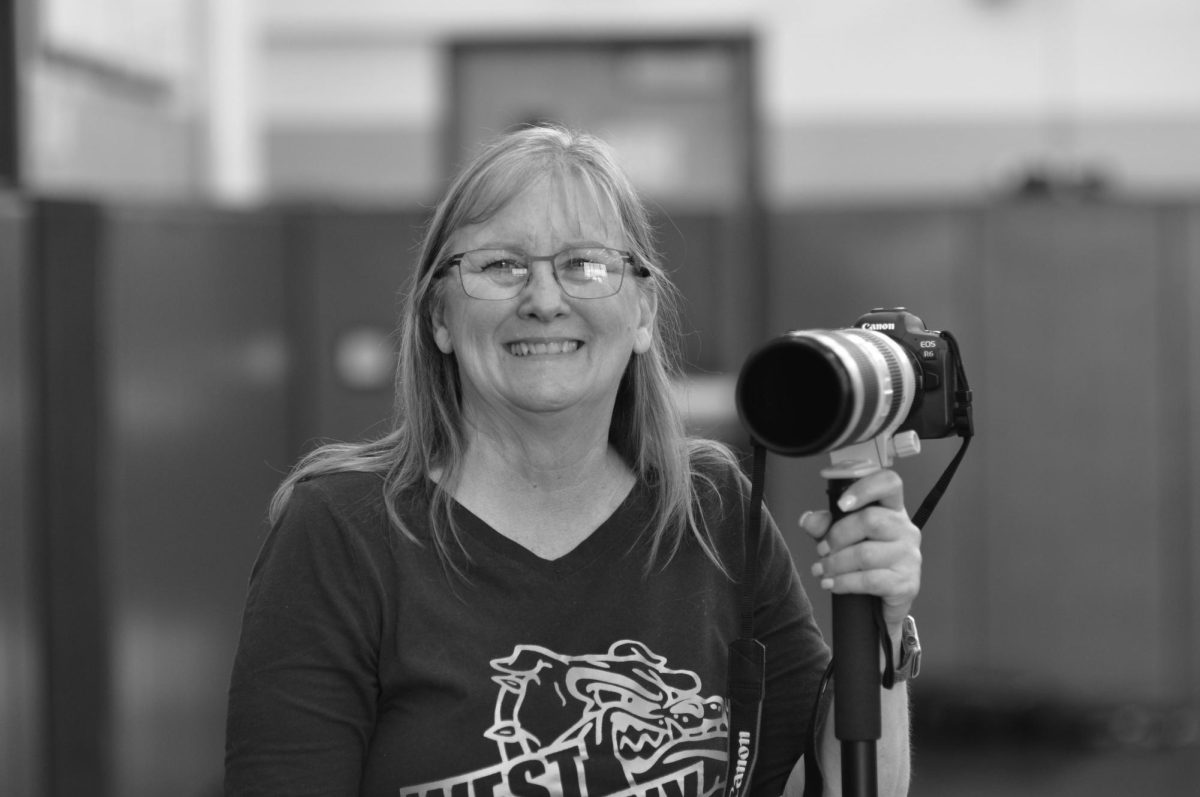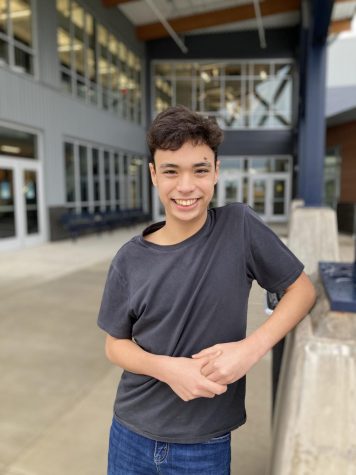While the Omicron variant spreads through the community and has already caused the temporary shutdown of Waverly and Sunrise elementary schools, it poses a question: are more students at risk of returning to virtual learning? The number of students and staff quarantined has risen significantly after winter break, according to nurse Katie Roskelley, and it’s being noticed in the classroom as well.
“I have one to three students quarantined at any given time,” English teacher Krissy Rasmussen said. “I didn’t have any quarantines in September and October that I can think of, so if I did, they were small.”
On Jan. 11, COVID quarantine guidelines changed for GAPS students after a recommendation from the CDC and decisions from the Oregon Department of Education, Oregon Health Authority, and local health authorities. These new guidelines include five days of isolation after the onset of symptoms or the day of testing positive and then five days of being fully masked, meaning distancing yourself at lunch and not participating in maskless extracurriculars, according to Roskelley.
In a message from Interim Superintendent Rob Saxton on Jan. 3 to the GAPS community, he said he felt that the best environment for students is in the classroom. “I strongly believe that students need to be in school as much as possible,” wrote Saxton. “Our schools have tools to help mitigate the risk from COVID-19, such as indoor mask wearing; a licensed and classified employee vaccination rate of approximately 95 percent; and the state’s Test to Stay program.”
Rasmussen says that students in quarantine should advocate for assistance when needed in completing work outside the classroom, whether that’s a video chat, phone call, a recorded video, or an email to their teacher.
As a student who has been quarantined, senior Annah Shollenbarger felt a lack of motivation at home, and she believes Zoom classes during distance learning last year provided more structure. Though she is able to easily communicate with teachers through email, she suggests that teachers record their lectures when quarantines occur for people like her who depend on them.
“Recording your classes would be so helpful,” Shollenbarger said. She says that the inability to hear lectures and class conversations made it especially difficult with being so close to finals.
Assistant superintendent Lisa Harlan says that a big factor that goes into deciding whether or not a school goes back to distance learning is the number of staff available. According to her, the district has been doing everything from reworking bus routes to assigning substitute teachers permanently to a school.
When it comes to mental health, Harlan says the district has partnered with places such as “Benton and Linn county mental health,” “North Albany Wellness Center,” and “Trillium Family Services” to provide help other than a school counselor for struggling students. She says that the district has “partnered with schools to deliver a service at school so that transportation and making appointments aren’t a barrier” when it comes to mental health services.
For Shollenbarger, she worries not only about her fellow students’ mental health, but issues with technology and having to take care of younger siblings. “I entered sophomore year and I was a fine, happy little go lucky little teenager, and then junior year, mental health just declined.”
Rasmussen is prepared to teach online if a return to distance learning is necessary, but has also thought about how she’ll change from last time. “I would eliminate the day to day work,” said Rasmussen. “I want to see your engagement, but maybe my points would come from those people who were able to respond in the chat and speak verbally.”
For now, Roskelley wants students to think about the effect their decisions will have on the ability for themselves and their classmates to stay in school. “Whether you’re scared of COVID or not, or you don’t care, no one wants to miss school. No one wants extracurricular activities to get shut down … Think about those kinds of things,” Roskelley said. “I will contact trace all day, every day if that means that some kids get to be at schools and learn and participate in their extracurricular activities.”




